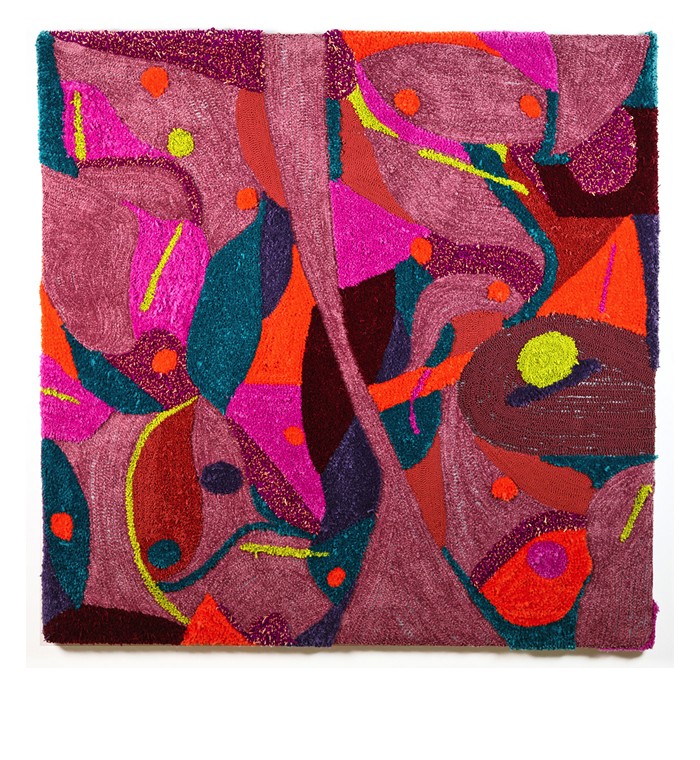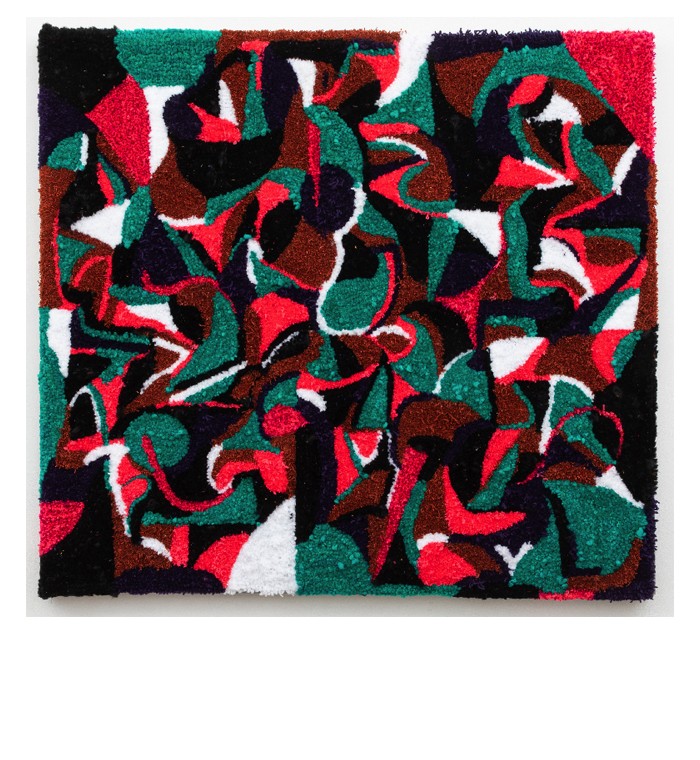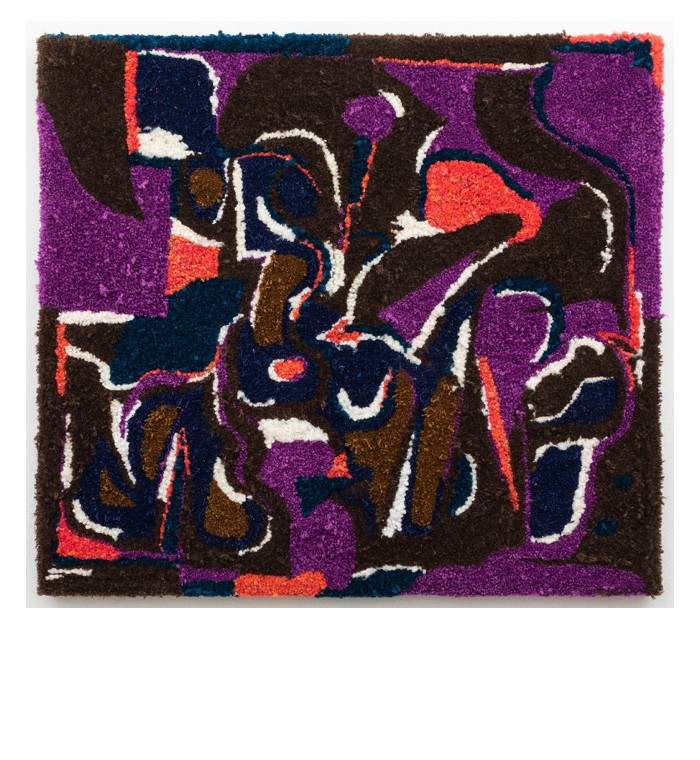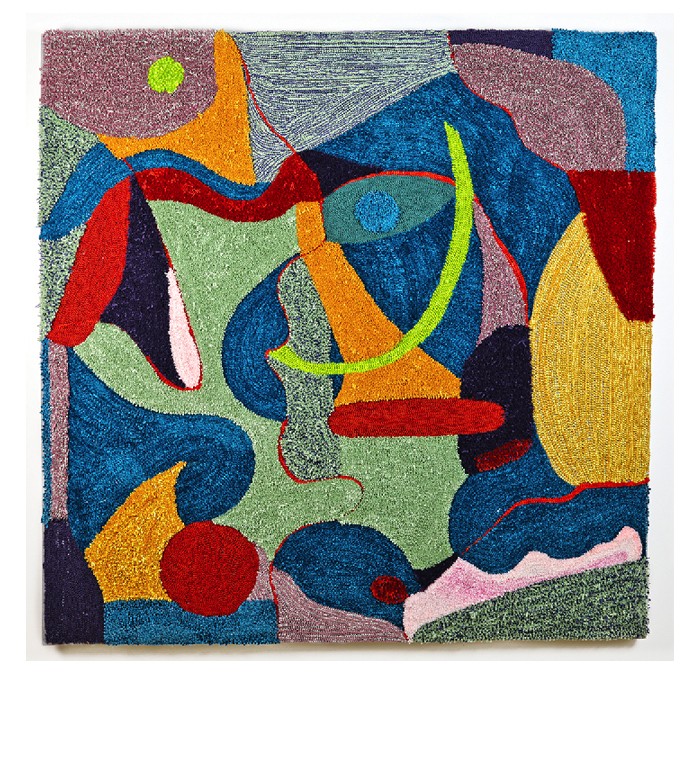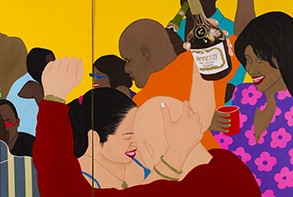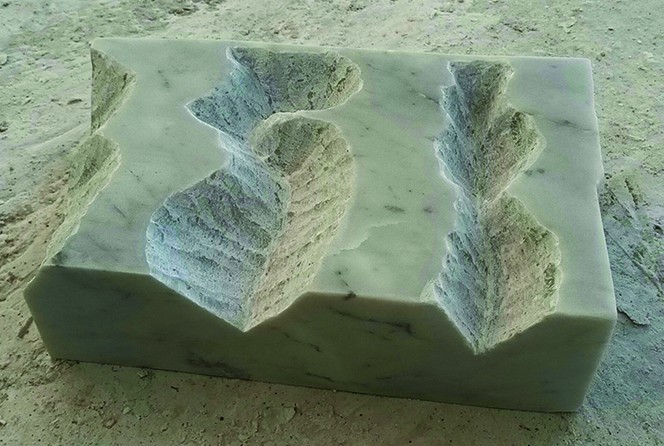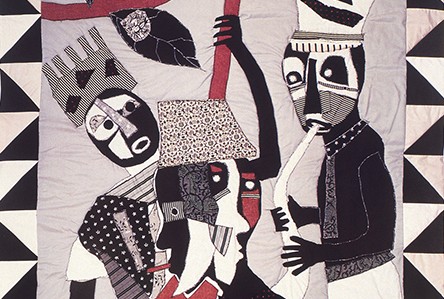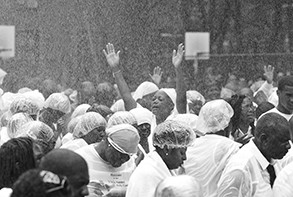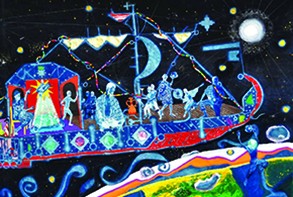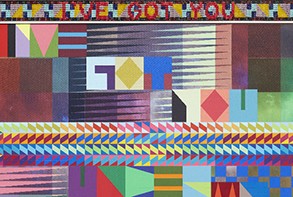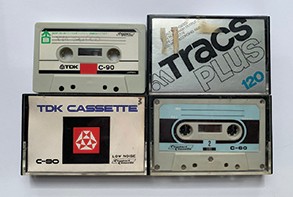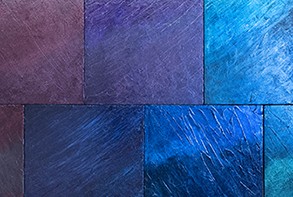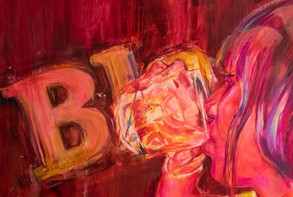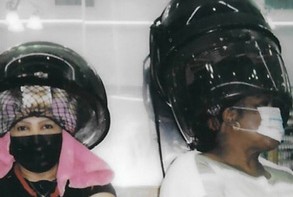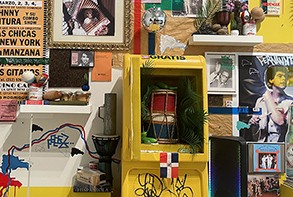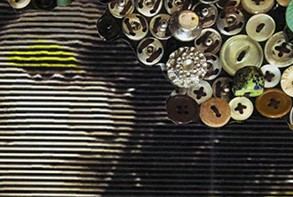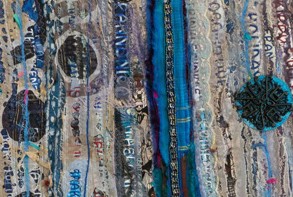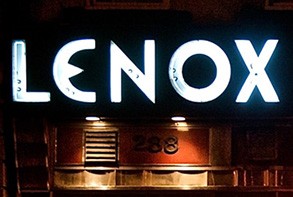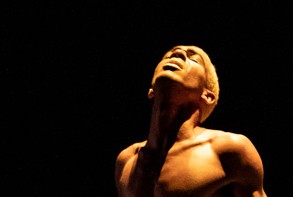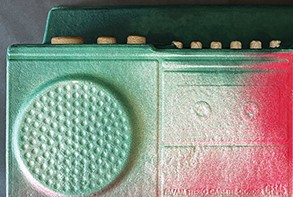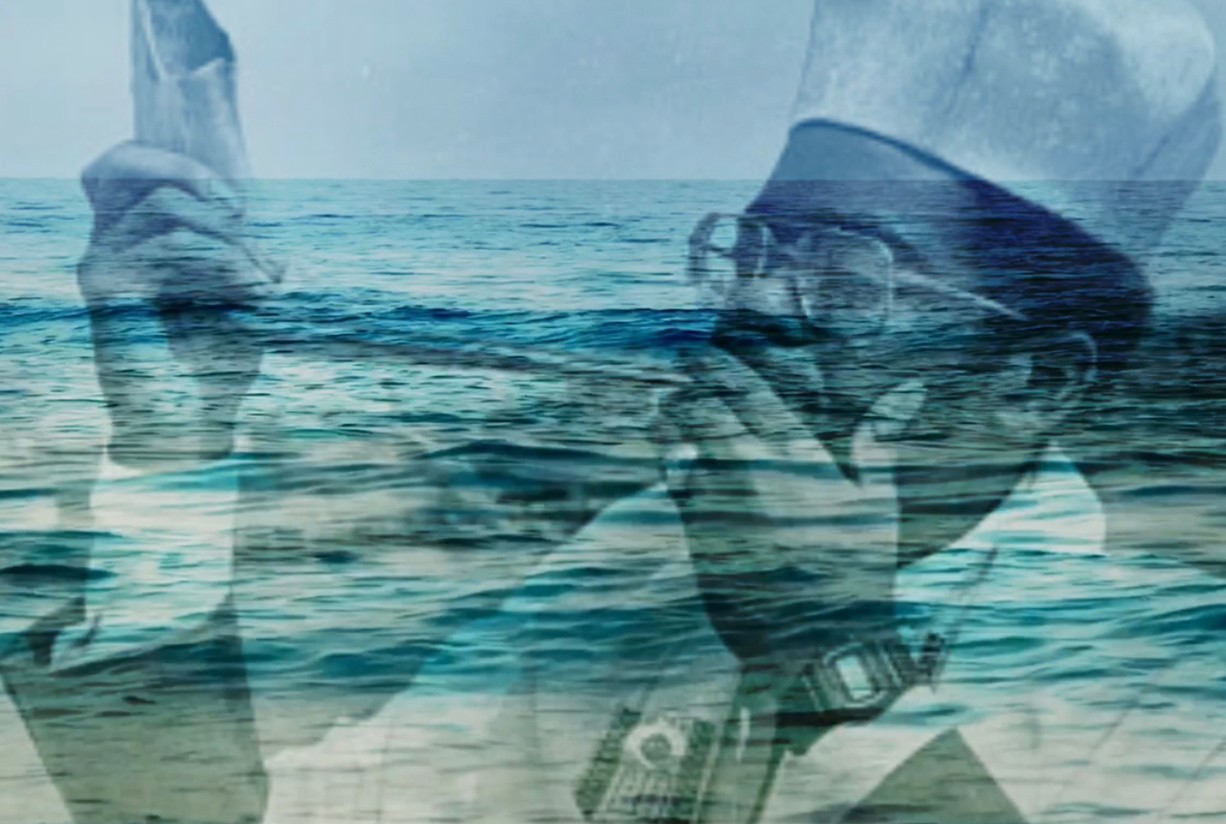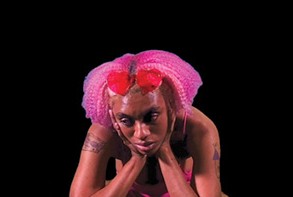SONIA LOUISE DAVIS
(b. 1988, New York City; living and working in Harlem)
Sonia Louise Davis infuses her abstract “soft paintings” with a spirit of improvisation, using color and volume to communicate an intersection between musicality, movement, and appearance. Through this work, she connects her expression to a tradition of Black feminist abstract art, offering insight into culture while avoiding overdetermination. Davis received a BA with Honors in African American Studies, alongside a concentration in Music and Visual Arts, from Wesleyan University (2010), and participated in the Independent Study Program at the Whitney Museum of American Art (2015–2016). Recent solo exhibitions featuring Davis’s work include resonant frequencies, blossoming tones (Hesse Flatow, New York, 2022), Refusal to Coalesce (Rubber Factory, New York, 2018), and the collaborative performance shake the stars with your song (Whitney Museum, New York, 2016). Recent publications include resonant frequencies, blossoming tones (Hesse Flatow, 2022) and slow and soft and righteous, improvising at the end of the world (and how we make a new one) (Co-Conspirator Press, 2021). Her writing has also been featured in Women & Performance: A Journal of Feminist Theory (2017).
WORK IN THE EXHIBITION

emergence: stardust from tomorrow, 2023
Merino, mohair, wool, recycled wool, acrylic, and polyester yarns
60 x 60 x 2 in.
emergence: sundance, 2022
Merino, hand-spun dyed wool, and acrylic yarns
46 x 50 x 2 in.
emergence: sweet earth flying, 2022
Norwegian raw wool, hand-spun dyed wool, cotton and acrylic yarns
46 x 50 x 2 in.
emergence: thembi, 2022
Icelandic wool, recycled wool, merino, acrylic, and polyester yarns
64 x 64 x 2 in.
Sonia Louise Davis’s prior training in jazz vocal performance informs the fluid, voluminous nature of her yarn-based emergence suite. Embracing the generative properties of improvisation, Davis uses industrial tufting machines to create her spontaneous compositions, resulting in a mosaic of vibrant colors and varied volumes. Exploring this intersection between sight, sound, and movement, emergence investigates the value of abstraction as a means of emotional and cultural communication. The tightly-packed fibers also function as sound absorbers, dampening the overall sonic environment of the exhibition space. In this sense, they function as active listeners, rather than passive decoration. The titles of the works in the series reference avant-garde compositions from Black composers and improvisers who worked and performed in Harlem during points of their careers—Sun Ra and June Tyson (stardust from tomorrow), Pharoah Sanders (thembi), Marion Brown (sweet earth flying) and Jeanne Lee (sundance). These artists pushed the boundaries of established musical genres, the range and playability of their own instruments, and the scope of what the music could do in the world. Davis considers her works in dialogue with the philosophies and experimental methodologies posed by these artists. Her textile-based art expands beyond typical genre conventions through her improvisational creative process and its capacity to be an active exhibition participant.


